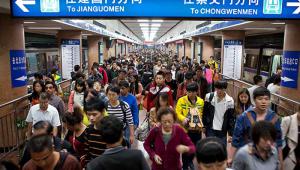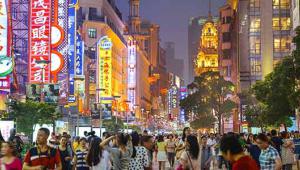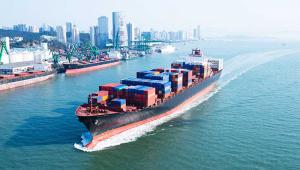The development bank projects growth for the region to be 6.0% for 2018 and 5.9% for 2019.
Yasuyaki Sawada, chief economist at ADB, said: “Although rising trade tensions remain a concern for the region, protectionist trade measures implemented so far in 2018 have not significantly dented buoyant trade flows to and from developing Asia.
“Prudent macroeconomic and fiscal policymaking will help economies across the region to prepare to respond to external shocks, ensuring that growth in the region remains robust.”
China’s growth is projected to meet previous forecasts of 6.6% in 2018 and 6.4% in 2019. South Asia is the fastest growing sub-region with India in the forefront, a supplement to the bank’s Asian Development Outlook report said.
India’s economic growth is forecast to be 7.3% in 2018 and a further 7.6% in 2019, helped by government work to strengthen the banking system and introduce tax reforms, which is expected to boost investment.
In Southeast Asia, growth is projected to remain unchanged at 5.2% for both 2018 and 2019. Higher public investment helped drive growth in the first quarter in Indonesia, the Philippines and Thailand, the bank said.
Central Asia is experiencing stronger-than-expected growth, with its forecasts revised upward from 4% to 4.2% in 2018 and 4.2% to 4.3% in 2019.
This is mainly due to the rise in global commodity prices, which has boosted growth across much of the sub-region.
In the Pacific, growth is expected to be considerably less at 2.2% and 3.0% over the next two years.
This is because Papua New Guinea, the region’s largest economy, continues to slow due to the impact of earthquakes earlier this year on the production and exports of natural gas and other export commodities.







